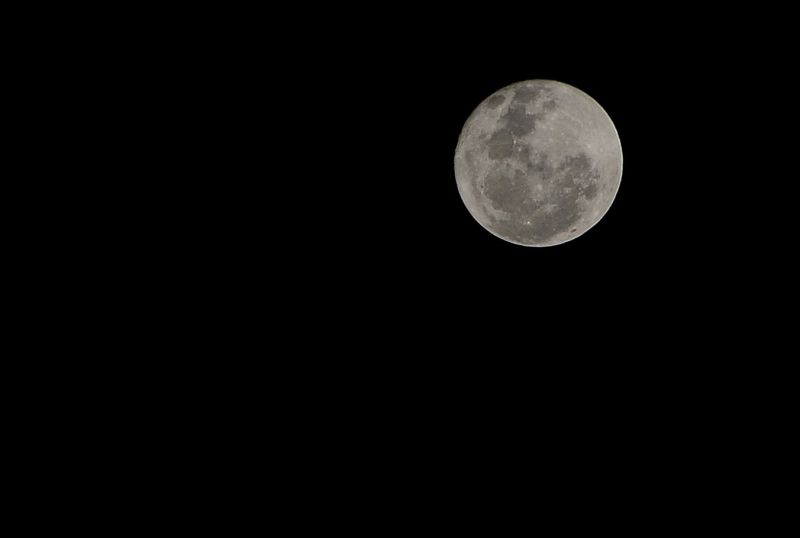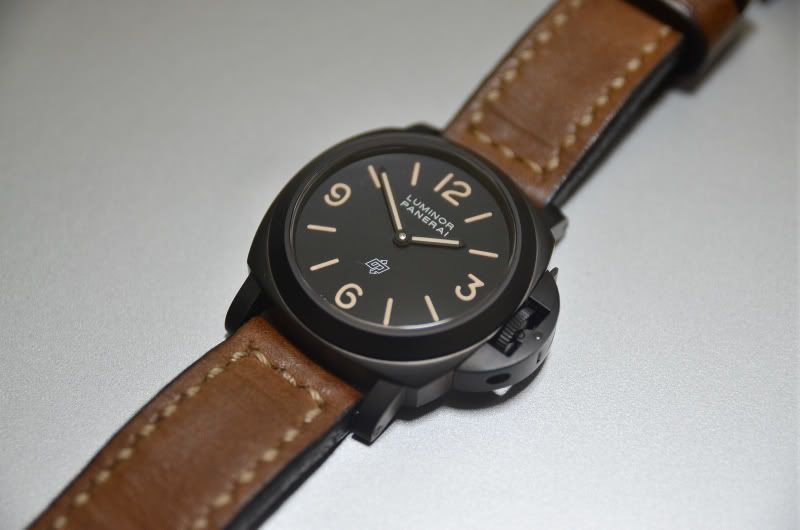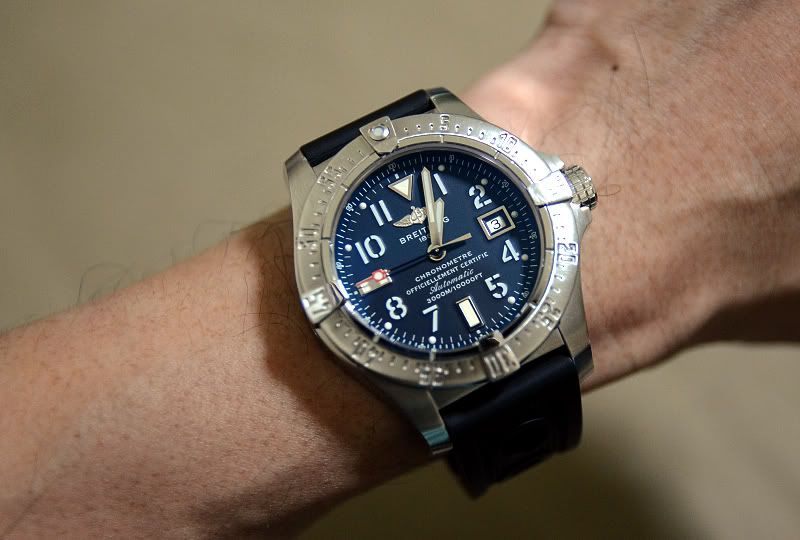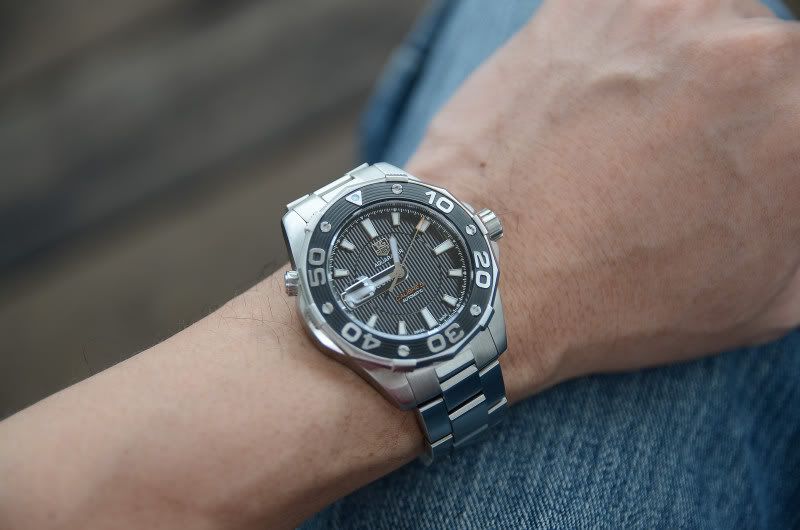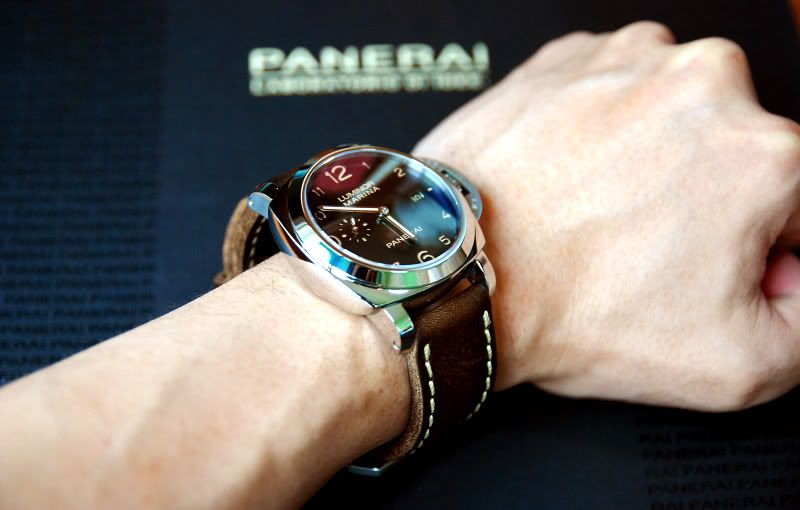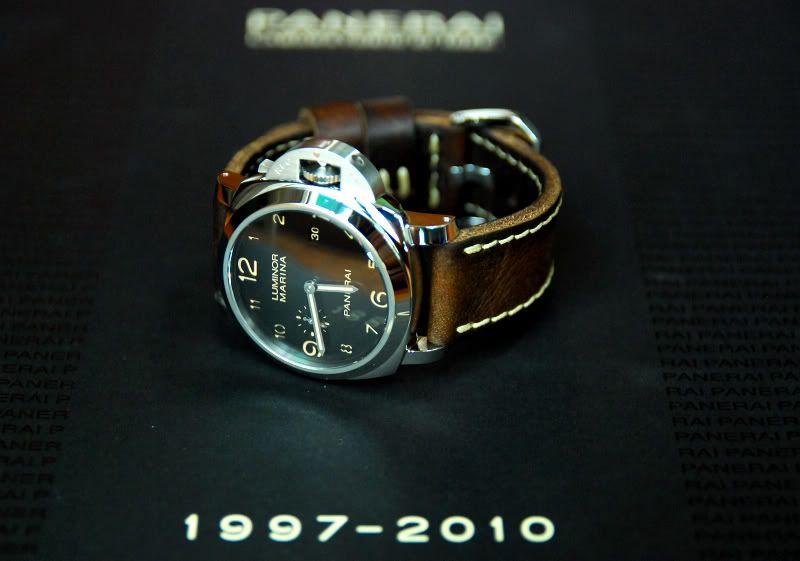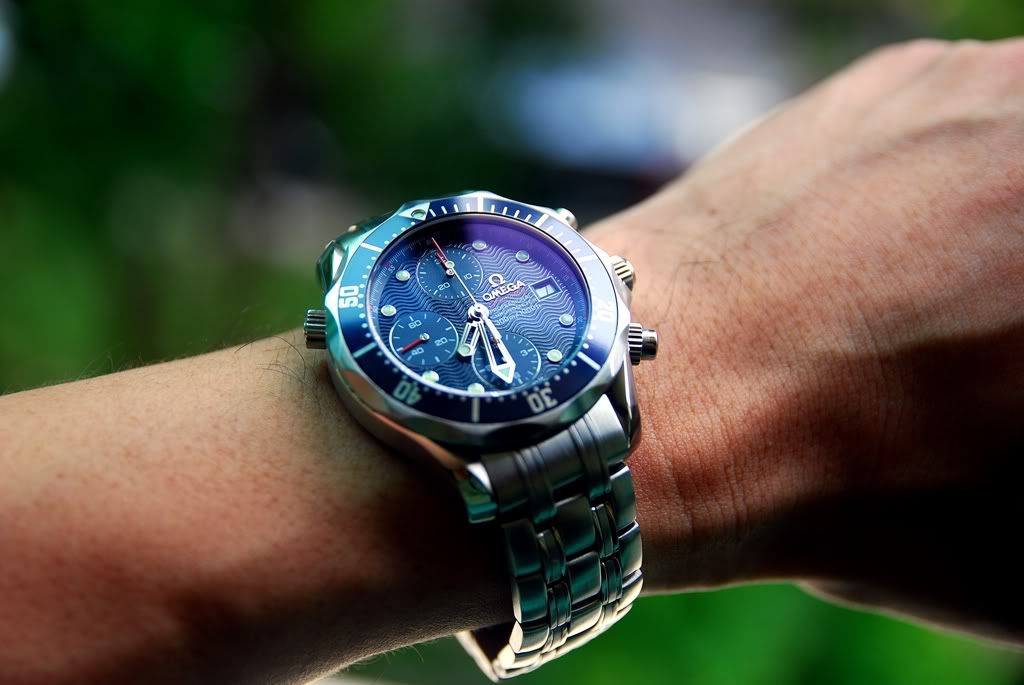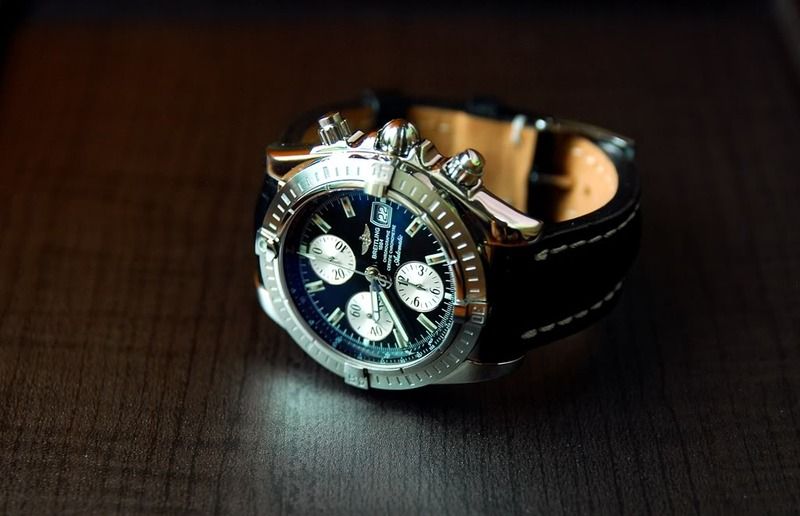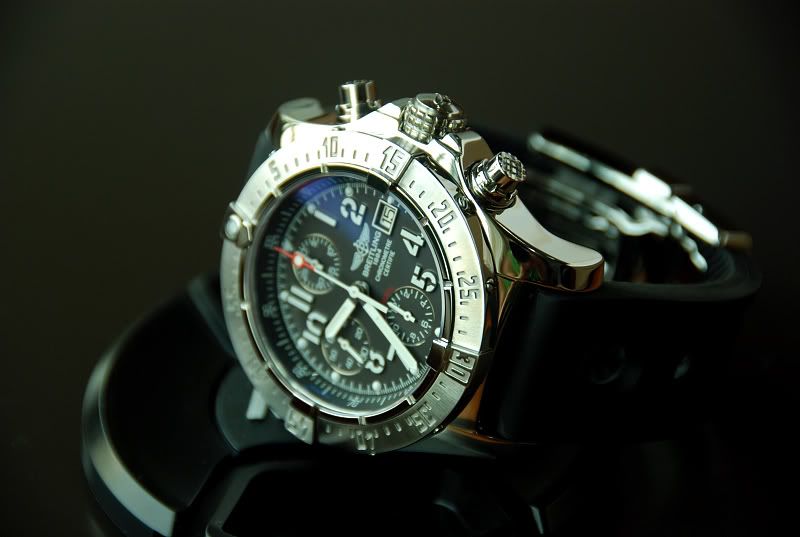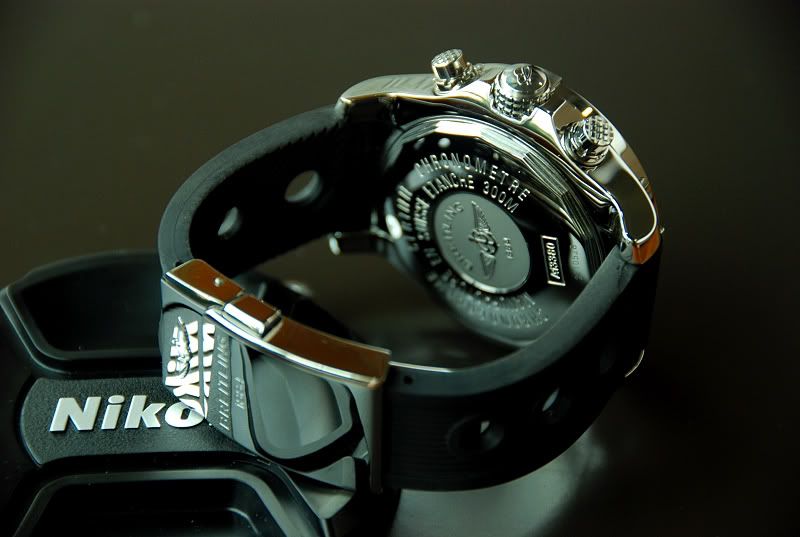Moon: Most people think the moon would be hard to photograph because it is out at night but if you think about it the moon is in full daylight so normal daylight exposure is all you need. You have to use manual mode because so much of the sky is black. If you were shooting through a telescope so you could full your frame with the moon you could use auto exposure and about +1 exposure compensation to keep the moon bright and stop it from turning medium gray. What is really hard about photographing the moon is to get it to fill your frame. That takes a huge lens or a telescope.
D80: That is the camera I used to take most of the watch photos I posted on RWI. If you have not seen them do a search for the threads I have started and you will see tons of large photos of watches. The D80 captures about 10 megapixels of data in an image. I had to downgrade all my photos from 10 megapixels to about 1 to 2 megapixels to display them on RWI. If I had not downsized the photos one photo would fill about three monitors wide and about two monitors tall. You would have to have about 6 normal monitors stacked two tall and three wide to see the whole image at the detail captured by the camera. Surprisingly enough, the D80 is "ancient history" in the world of DSLRs even though it only came out in 2006. Two years later it was replaced by the D90.
D90: The first upgrade from the D80 came out in 2008. It captures about 12 megapixel of data in an image. I have one and it is a better camera in many ways but as you can see from the photos I posted the D80 has enough resolution to produce very sharp photos of a small object such as a watch. You don't need a D90 but it will produce better images than a D80. Yet, it too is now outdated.
D7000: This came out in 2010. It has a 16 million pixel sensor. I have this one too and shoot mostly with it now. It has soooo much resolution many of the pixels have to be discarded in order to make the image small enough to fill a computer monitor and RWI wants images even smaller than that! Basically, when you are looking at a D7000 image on RWI about 80% of the pixels in the original image have had to be discarded because there is no room for them on the web page. So it is far more than you need here. Look at that image of a watch hanging in a Christmas tree posted above. You think that is sharp and contains lots of details? It consists of less than one megapixels. The D7000 sensor sees and records 16 megapixels of detail. You are looking at less than 1/16th of what the camera actually recorded. But I certainly recommend it as the best "bang for the buck" in Nikon cameras last year. In 2012 the D7000 is expected to be replaced with a D7100. We have no details on it yet but the sensor may contain 24 million pixels.
D800: Nikon has announced this camera but it is not out yet, will be out in about a month or so. The body alone (lens not included) costs $3,000 so it is not cheap! But it will have the highest megapixel sensor you can get today in a digital single lens reflex camera. Here is a comparison. You have a 55 in HDTV and you see a big sharp picture. How many pixels are displayed on the TV to make that sharp HDTV image that size? About 2 mega pixels. When the D7000 records an image how many megapixels does it have in its sensor? About 16 megapixels, eight times more than are needed for a HDTV image. In order to show the D7000 image on your big HDTV that original image has to be downgraded (converted to a lower pixel number). Now what about this new D800 that is coming out in a month or so? It will have 36 megapixels. Yes, 36 million pixels on a sensor the size of a 35mm slide. You see why it has much more detail than can be shown on RWI or HDTV? Images on RWI generally contain less than 1 megapixel, less than 1/36th of what the D800 records. Sort of overkill isn't it? It will be awesome but most people seeing an image taken with the D800 on their high definition computer monitor will never actually see more than about 1/18th of the detail that is in the original photo file! You would really have to print the photos at poster size to see all the detail that has been captured in the photo file. (A photo printed at 20 inches by 30 inches and larger displays more pixels than are contained in an HDTV image.)
Sort of interesting isn't it? Insanity maybe? More pixels than we need? Sure. But to a photographer pixels are like horsepower to a car nut. You don't need much hp to go 100 mph but it seems you want much more than you need. If fact, often you want more than you really can use. Consider the new Porsche 911S. Surely, its performance envelope far exceeds any type of driving we will be doing on public roads. You would have to take it to a race track to use its full potential. But do we want it anyway? Sure we do. Same with the D800.
